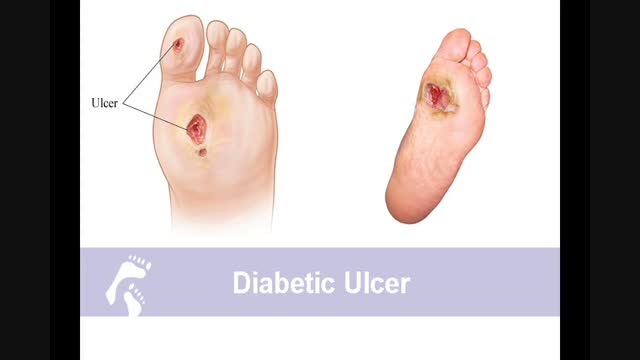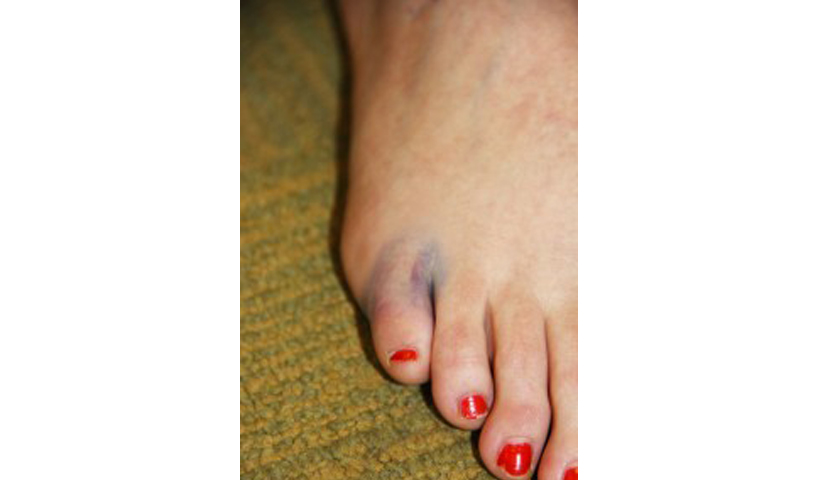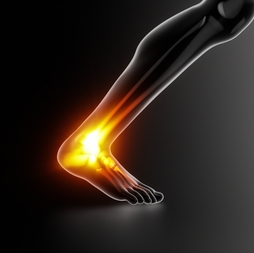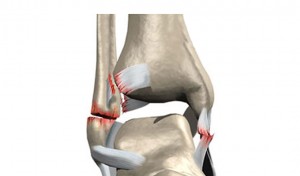
If you discover a leak in your roof, simply putting a bucket under it may keep the water from getting all over, but it doesn’t solve the problem. In fact, if you do nothing more, not only will the bucket end up overflowing, but the leak itself will get worse. Believe it or not, if you have diabetes, wounds can be a similar problem. If you discover one, just slapping a bandage over it isn’t going to do much, and left untreated, it could get worse, and even lead to serious complications. That’s why wound care is so important, especially if you are diabetics.
When It Rains It Pours
A wound can occur for a number of reasons—injury, constant pressure, or poor circulation that slows the healing process. When a wound doesn’t heal within 4 to 6 weeks, it is considered chronic. This can become dangerous, giving infection all sorts of time to set in. Once it does, serious complications can occur, including the spread of infection and—in the case of those with diabetes— amputation. For this reason, as soon as a wound is discovered, it is essential that it is treated immediately.
Diabetic Wound Care: Heed the Warnings
When someone with diabetes has a wound, nerve damage and poor circulation deliver a one-two punch. Loss of sensation can make the injury go unnoticed, and reduced blood flow slows its healing. In combination with a weakened immune system, it can turn into a perfect storm. No matter how small, a diabetic wound needs immediate attention. If you happen to be at home, clean the wound out with water—anything else can damage the delicate tissue. Apply antibiotic ointment and cover with a sterile bandage.
Then, make an appointment with our experts at Country Foot Care to ensure proper treatment and healing. We will remove damaged skin (debridement) and help you to take pressure off of the area (offloading). Regular visits during the healing process will allow us to keep the wound and dressing clean, as well as provide medication as necessary. Managing your blood glucose levels is key to recovery.
Puncture Wounds: Run for Cover
Punctures are different from other wounds in that they are holes that go deeper into the skin layers, rather than tears or cuts on the surface. These holes can hide serious problems. Foreign bodies can become embedded inside, including dirt and debris, increasing the chance of serious infection. Prompt treatment is necessary to avoid future issues, such as painful scarring or the infection spreading to the bone. Seek help right away to ensure the wound is thoroughly cleaned and cared for correctly. You may require a tetanus shot, and antibiotics may also be prescribed. Follow up visits will also be necessary to ensure the healing process is going smoothly. Keep a watchful eye for signs of infection, including swelling, redness, warmth, fever, and possible drainage.
Sunnier Days Ahead
You may not be able to avoid a wound, but you can reduce your risk with a few preventative measures. Refrain from going barefoot, especially if you have diabetes. It’s also important to check your feet regularly for any signs of problems. Make sure to manage any underlying conditions that could be putting you at risk. If you are injured or have discovered a slow-healing wound, contact Country Foot Care today so that we can help you get on the road to healing. Appointments can be made by calling our offices directly or you can request an appointment online by clicking on the MAKE AN APPOINTMENT button at the top of this page.




